Search
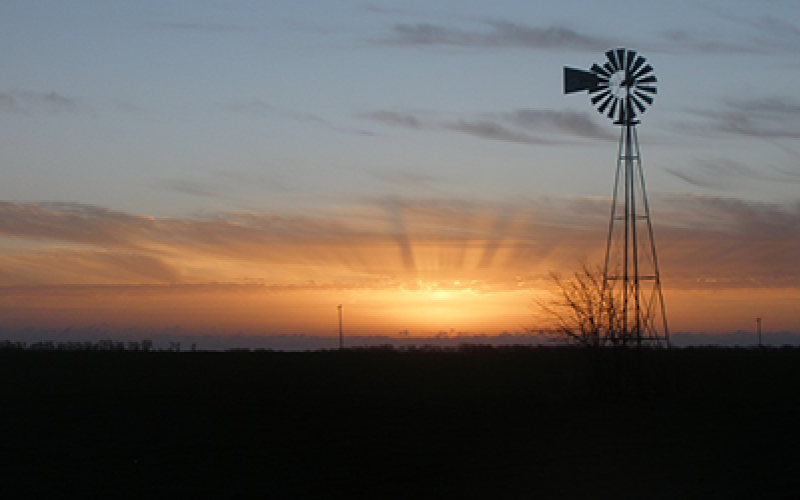
SDSU Extension to Host Workshop Series for Next Generation Land Seekers
July 27, 2022
SDSU Extension will host online workshops for beginning farmers and ranchers looking for land. The series takes place every Thursday at 6:30 p.m. CDT/5:30 p.m. MT from Sept. 1-Oct. 20.
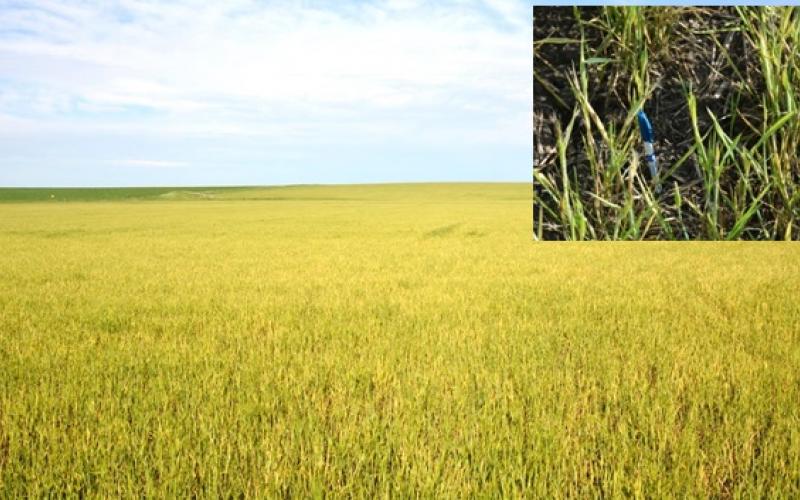
Wheat Streak Mosaic Virus Management: Plan ahead before planting this fall
Have you had a history of moderate wheat streak mosaic disease in your field? Do you plan on planting wheat into wheat stubble or wheat fallow? Have your neighbors had wheat streak mosaic disease outbreaks in the recent past? If you answered yes to any of these questions, you need to incorporate wheat streak mosaic control principles into your management plan before planting winter wheat this fall.
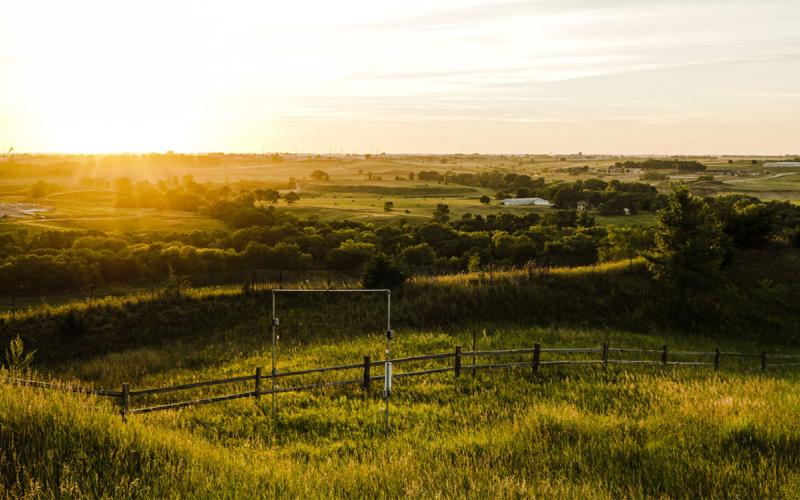
Variances in Working Capital to Gross Farm Revenues
Learn some of the key differences in working capital to gross revenue among farm types, level of gross sales and by net income.
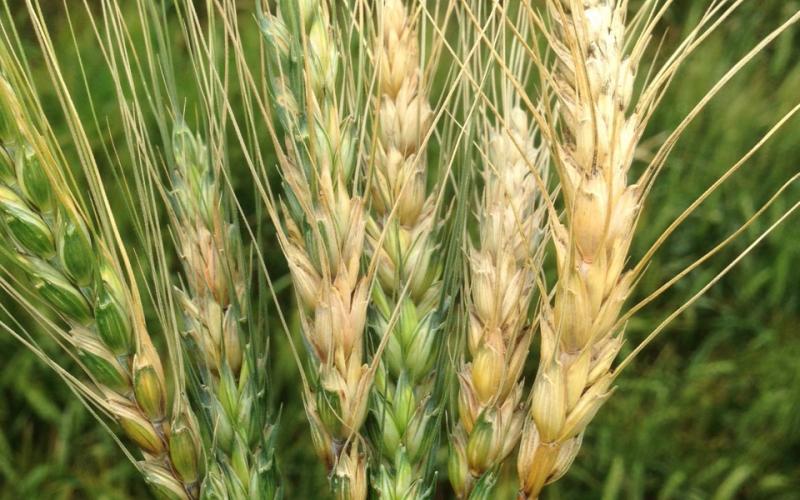
Wheat Stem Maggots Observed in S.D. Wheat
While scouting wheat fields throughout South Dakota, we have started noticing the presence of bleached heads scattered throughout many different fields. These discolored heads are the result of an infestation of the wheat stem maggot.
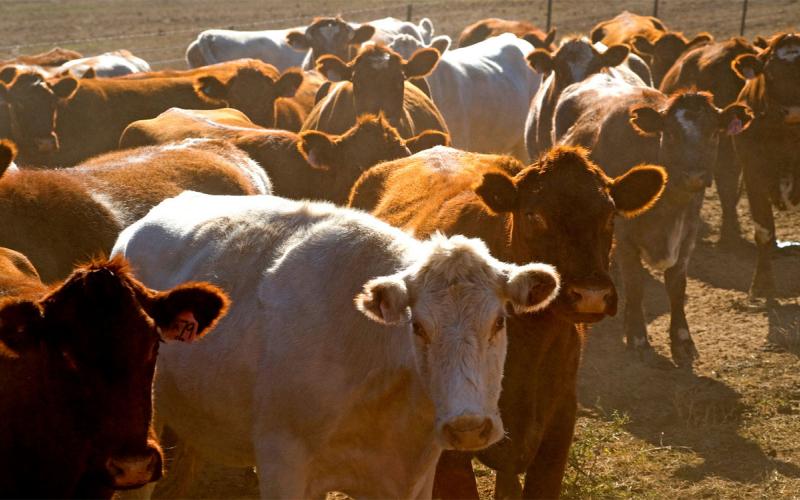
SDSU Extension Encourages Producers to Prepare for Extreme Heat Temperatures
August 02, 2022
SDSU Extension provides resources to help livestock producers prepare for extreme temperatures. With temperatures expected to rise into the upper 90s over the next week, it is important for producers to prepare and have proper mitigation strategies in place.
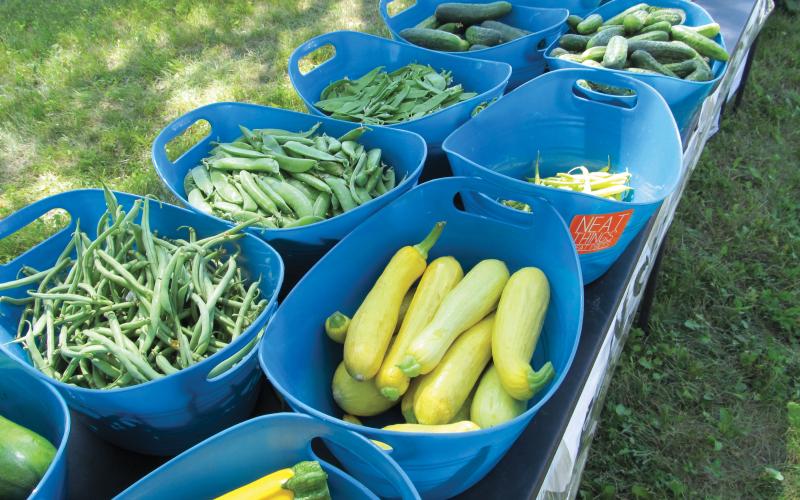
Food Safety for Farmers Markets
Food safety bulletins for farmers markets and other direct marketing vendors
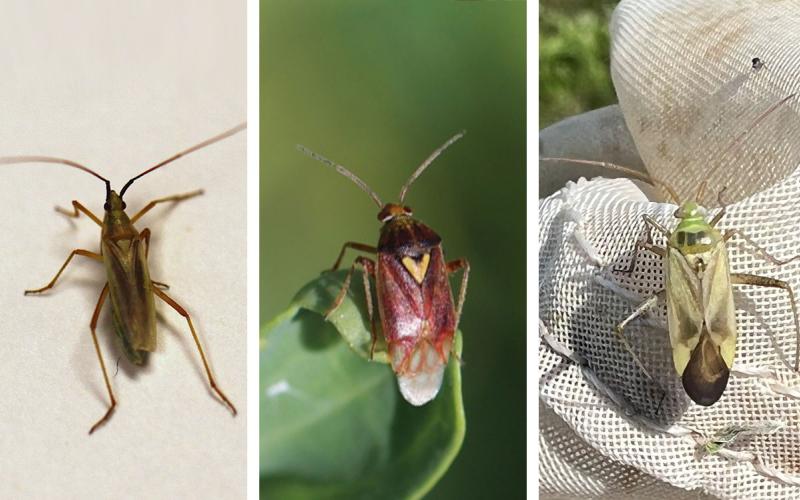
Plant Bugs Active in Alfalfa
Plant bugs are active in alfalfa fields across the state. A common question we receive from producers is why some of these bugs look so different from others.
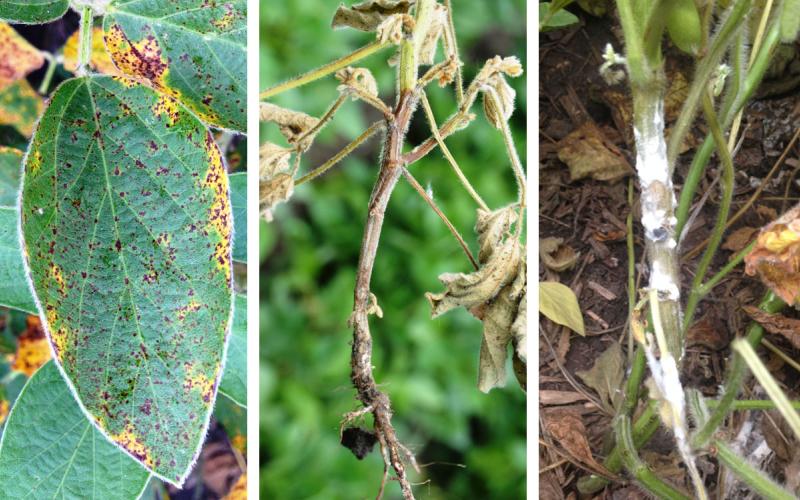
Mid-to-Late Soybean Disease Management
Even though it has been hot and humid this summer, some soybeans around the state have seen ideal conditions for mid-to-late season disease development. Learn some common diseases to scout for.
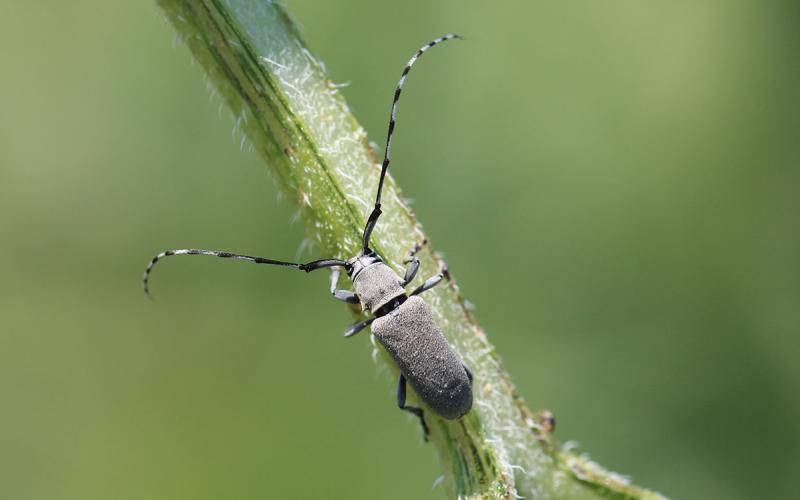
Another Year of Dectes Stem Borer Issues in Sunflower?
Based on the current drought conditions in our sunflower production areas, it is likely that Dectes stem borer will cause issues earlier than normal in the areas experiencing drought.
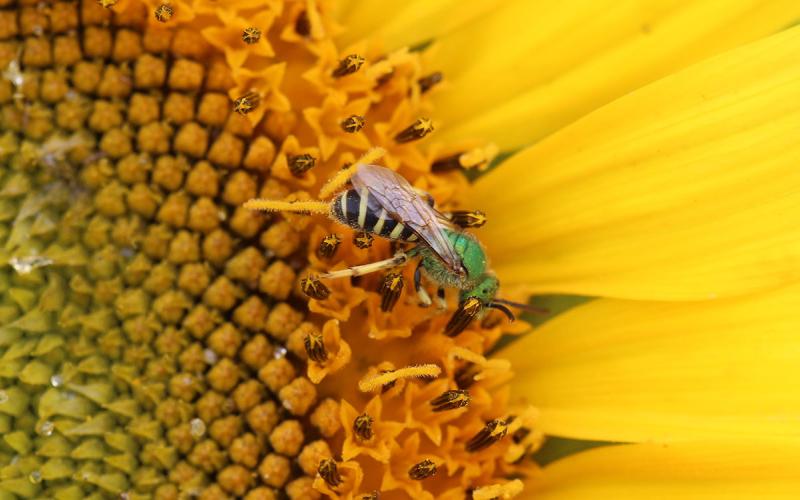
Time to Spray Sunflowers: Don’t Forget About the Pollinators
As sunflowers in South Dakota begin to reach the flowering stages, it is important to remember that, in addition to insect pests, there are also pollinators visiting these flowers.